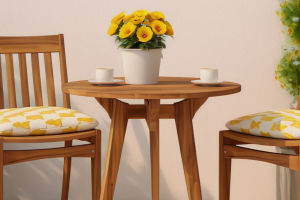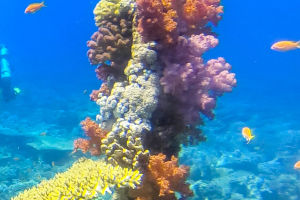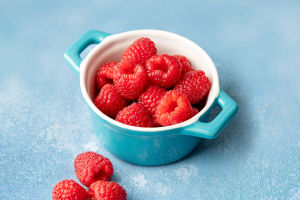Drinking water is a major event of survival and health,a good cup is directly related to this big event. Do you do it right? Never use the wrong cup!
1. Stainless steel cup
Stainless steel cups are alloy products. Under normal use, the precipitation of chromium in stainless steel tableware that meets national standards is very small, and there is no need to worry about it affecting human health.
When inferior stainless steel products are used improperly, the heavy metal substances contained in them are released, which is harmful to health.
In daily use, it is not a big problem to use a stainless steel cup to hold ordinary water, but try not to hold acidic drinks, such as juice, coffee, carbonated drinks, etc.
When cleaning stainless steel cups, do not use strong oxidizing soda, bleaching powder, etc. You need to be aware that this class of substances easily reacts with stainless steel.
2. Ceramic mug
There are two types of ceramic cups.
The first type: non-staining, colorless inner wall: ceramic cups with colorless glaze, especially the inner wall should be colorless, and it is also the first choice for choosing water cups.
Because this ceramic cup is not only safe to use, but also can hold boiling water. Its thermal insulation function is also relatively good. The second: colorful ceramic mugs: If you see beautiful and colorful ceramic mugs, don't buy them!
If your cup is like this, it is recommended that you replace it as soon as possible. The reason for this is: the colored pattern on the cup may be paint, and when you use such a water cup, it may be harmful to health.
3. Glass
Of all the cups, the glass is probably the healthiest. This is because glass does not contain organic chemicals during the firing process.
When people drink water or other beverages from a glass, you hardly have to worry about the chemicals being ingested into the stomach. The most important thing is that the material of the glass is not easy to breed bacteria and is easier to clean.
4. Plastic cup
Choose food-grade plastic that meets the standards!
Because plasticizers are often added to plastics, which contain some toxic chemicals, when hot water or boiling water is filled in plastic cups, the toxic chemicals are easily diluted into the water.
Moreover, the internal microstructure of plastic has many pores, which is easy to hide dirt, and it is easy to breed bacteria if it is not cleaned properly.
Therefore, when purchasing a plastic cup, be sure to choose a water cup made of food-grade plastic that meets the standard, and check whether there is a QS mark.


